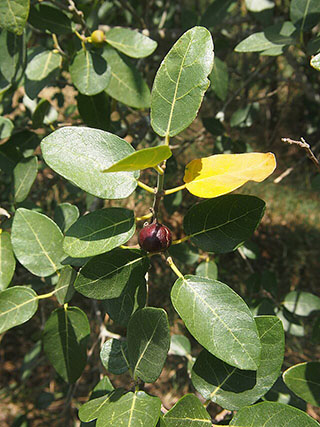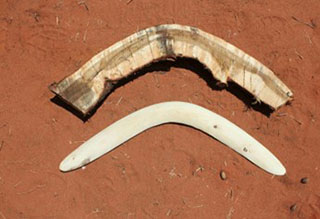Ficus opposita micracantha
Ngamarnaina, Ngamarnajina – Yawuru
Ranyj, Ranya – Bardi
Jirrib – Nyul Nyul
Fruiting and flowering: Wirralburu between April and June
The Sandpaper fig is commonly found around wells and vine thickets where birds congregate. Locally, they can be found in Minyirr Park and along the coastal areas.
Its small figs are green and when they become purplish black they are edible, and are considered tastier than other fig species.The rough leaves are responsible for the common name of the plant, and they were traditionally used for smoothing rough edges on wood or pearl shell carving.
Leaves warmed and used as a poultice for the treatment of bruises, swellings and rheumatism.
The traditional names; Ngamarnaina or Ngamana-jina refers to the white sap that exudes from the fig and leaves when broken.
Ngamana – milk/white sap; jina – foot)
For more information: “Broome and Beyond; Plants and people of the Dampier Peninsula, Kimberley, Western Australia” full reference page 138

